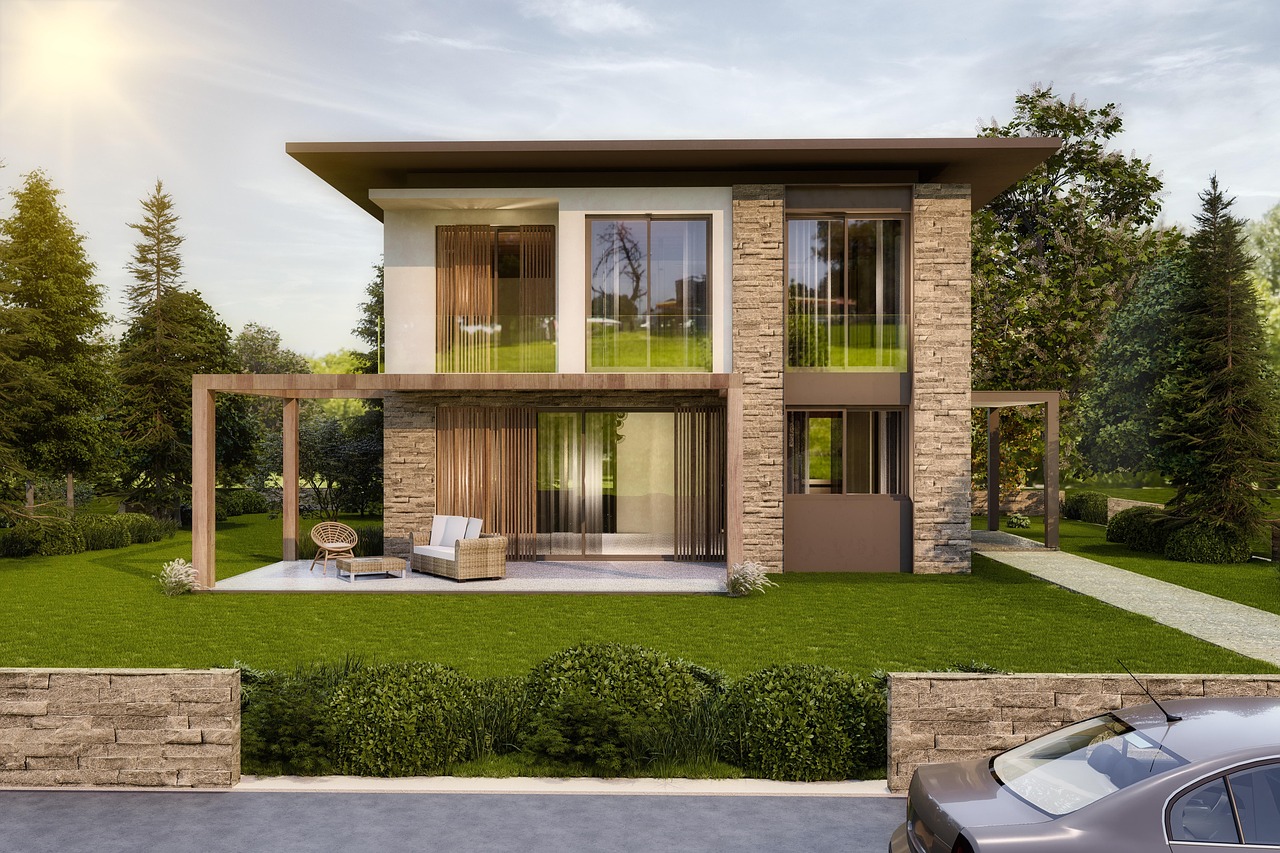
Home is where we find comfort and keep our loved ones safe. But with natural disasters becoming more frequent and severe, it's essential to ensure your home can withstand whatever nature brings. From typhoons to wildfires and floods, being prepared is about survival and protecting what matters most in your life.
You may want to focus on aesthetics or security systems first, but proper protection also lies in how you maintain and upgrade your property over time. These efforts can make a life-changing difference in times of crisis or unexpected emergencies.
This guide will cover practical steps to strengthen your home's defenses against natural disasters. Whether you're planning on making minor upgrades or major renovations, these tips will help you build a safer, more resilient home for you and your family.
5 Smart Upgrades to Keep Your Home Disaster-Ready
While you can't control the weather, you can control how your home can face it. Here are proactive home improvements that can significantly reduce damage and save lives during a natural disaster.
1. Reinforce your home's structure
Start by raising your home's foundation. If you live in wildfire-prone areas, consider using fire-resistant materials like metal roofing or fiber cement siding. On the other hand, apply flood-resistant insulation in your basement and crawl spaces if you live in a flood zone.
Additionally, you can strengthen your roof with hurricane straps and reinforce walls to better handle earthquakes or high winds in storm-prone regions. Installing storm impact-rated glass and properly sealed frames can protect you from flying debris and harsh conditions.
For example, some homeowners in coastal areas have switched to recycled plastic lumber for exterior cladding. It's highly durable, resistant to moisture and rot, and made from post-consumer waste like plastic bottles. They offer protection from the elements and a reduction in landfill waste.
2. Fortify entry points
Updating your garage door is also an essential defense before a natural disaster. Many homes see garage doors as a weak point during hurricanes or windstorms. However, replacing them with a wind-rated or reinforced model can prevent them from collapsing or reduce the risk of structural damage.
Make sure vents and openings are also sealed to block fire embers or floodwater from entering your home during an emergency. Moreover, reinforce doors and window frames to minimize damage during extreme weather events. These simple improvements can strengthen your home's safety and disaster preparedness.
3. Equip for emergencies
Safety begins with easy access to lifesaving tools. Consider installing alarms like smoke detectors in key areas and regularly check if they function. You should also have an emergency kit with first aid supplies and put essential documents in a waterproof container.
Remember to establish multiple emergency exits, especially in bedrooms. During outages, use solar-powered batteries or generators to keep communication lines open and medical equipment running. It's also vital to own a fire extinguisher and learn how to use it to slow down small fires before help arrives.
4. Stay informed and ready to evacuate
Preparation goes beyond hardware. So, stay connected to social media for local weather alerts, emergency broadcasts, and neighborhood safety groups. Map out multiple evacuation routes and discuss them with your family — don't forget to include your pets in the plan.
Pack go-bags in advance with personal items and necessary medications that you can quickly grab. Depending on your region and risk exposure, review your homeowner's coverage and consider adding property insurance that includes protection from floods, earthquakes, or fires.
5. Don't overlook landscaping and outdoor hazards
Your home's surroundings can either help protect or cause damage during a natural disaster. Trim trees regularly to remove weak branches that could fall on your roof or power lines during storms. If you live in a wildfire-prone area, clear dead plants and flammable materials at least 30 feet from your home to create a defensible space.
Secure outdoor furniture and loose objects that can become dangerous projectiles in strong winds. Install proper drainage around your property to minimize flooding risks. Strategic landscaping can't improve curb appeal. Instead, it can serve as your home's first line of defense against natural elements.
Stronger Homes, Safer Families
Your home should be your family's refuge in the face of the most unpredictable moments. From using flood-resistant materials to keeping emergency kits within reach, these improvements protect your home during disasters of all kinds.
Now is the time to examine your home more closely and take the next step toward safety. Peace of mind begins with proper preparation and practical home improvements.
You may also like
Planning to Sell Your Home? Focus on Renovations That Offer Positive ROI
The 5 Most Common Home Emergencies
From Art to Airflow Transform Your Walls with These Ideas
How to Secure Your Front Door from the Burglars
